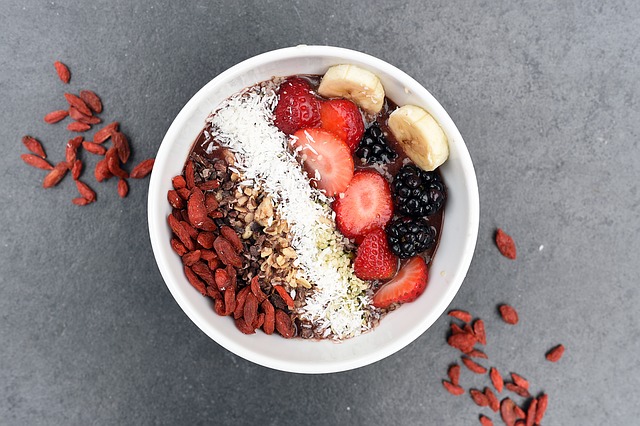Introduction
Determining whether your hair needs protein is essential for maintaining its health and preventing damage. Protein plays a crucial role in strengthening and repairing the hair shaft, but an imbalance can lead to brittle, weak, or overly dry hair. In this article, we will explore various signs that indicate your hair may need protein and discuss how to address this issue effectively.
Signs that Your Hair Needs Protein
Excessive Breakage: If you notice that your hair is breaking more than usual, especially when combing or styling, it may be a sign of protein deficiency. Protein helps to strengthen the hair shaft, and without enough of it, your hair becomes more prone to breakage.
Elasticity Loss: Hair with proper protein levels has good elasticity, meaning it can stretch and return to its original state without breaking. If your hair lacks protein, it may lose its elasticity, leading to hair that snaps or doesn’t bounce back when stretched.
Weak or Limp Hair: Protein-deficient hair tends to feel weak, limp, and lifeless. It may lack body and appear flat, even after styling. This is because protein provides structure and support to the hair, and without it, the strands can become weak and lack vitality.
Excessive Shedding: While shedding is a normal part of the hair growth cycle, excessive shedding can indicate a protein imbalance. Protein deficiency can weaken the hair follicles, leading to increased hair loss. If you notice an unusually large amount of hair falling out, it may be time to evaluate your protein levels.
How to Address Protein Deficiency
Assess Your Hair Care Routine: Start by evaluating your current hair care routine. Are you using products that contain protein? Look for ingredients like hydrolyzed keratin, collagen, or wheat protein, which can help replenish protein levels in your hair. If your routine lacks protein-based products, consider incorporating them into your regimen.
Use Protein Treatments: Protein treatments are specifically formulated to deliver a concentrated dose of protein to your hair. These treatments come in various forms, such as masks, conditioners, or leave-in treatments. Incorporate a protein treatment into your routine once or twice a month to help restore protein balance and strengthen your hair.
Adjust Your Diet: Your hair’s health is not solely dependent on external products; it also relies on the nutrients you consume. Ensure your diet includes foods rich in protein, such as lean meats, fish, eggs, legumes, and nuts. A balanced diet will provide your body with the necessary building blocks to support healthy hair growth.
Limit Heat Styling and Chemical Treatments: Excessive heat styling and chemical treatments can strip the hair of its natural proteins, leading to damage and protein deficiency. Minimize the use of heat styling tools and opt for protective hairstyles that don’t require excessive manipulation. If you must use heat, always apply a heat protectant to minimize protein loss.
Conclusion
Recognizing the signs of protein deficiency in your hair is crucial for maintaining its health and preventing damage. Excessive breakage, loss of elasticity, weak or limp hair, and excessive shedding can all indicate a protein imbalance. By assessing your hair care routine, incorporating protein treatments, adjusting your diet, and minimizing heat styling and chemical treatments, you can address protein deficiency and promote healthier, stronger hair.
References
– Mayo Clinic: mayoclinic.org
– Healthline: healthline.com
– WebMD: webmd.com












